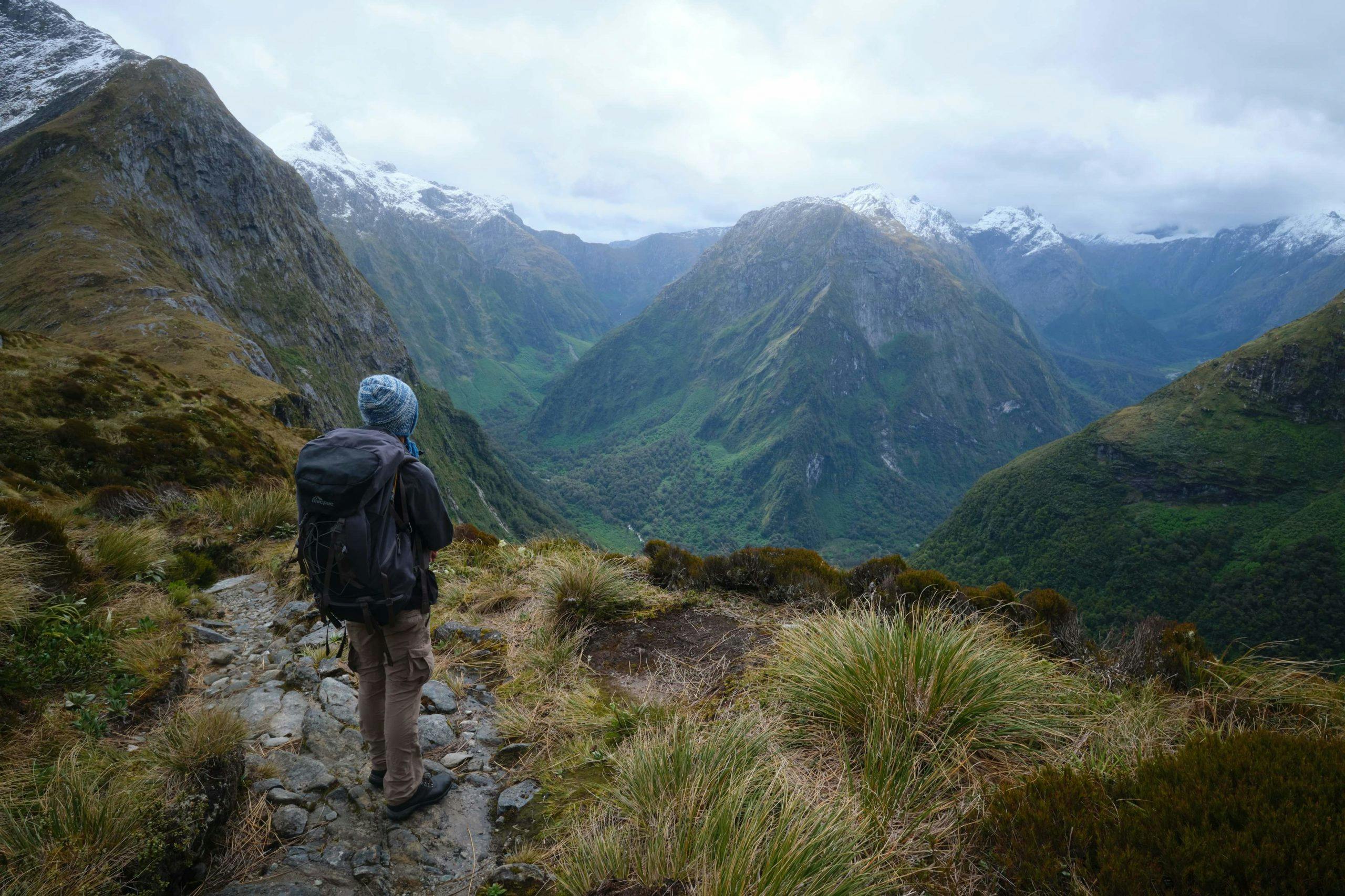A wrap of the biggest stories and best writing about the outdoors from New Zealand and around the world.
After trampers cried conspiracy over the Great Walk booking system, DOC has responded with a myth-busting blog post.
DOC writes that nobody – including staff – gets early access to the booking system, and agents and concessionaires book Great Walks in the same way the public does.
“Our bookings data shows that public bookings make up 93 per cent of total bed nights booked, concessionaires (e.g. guides and agents) make up just 4 per cent of bookings and 3 per cent are school or community groups,” the post said.
“Concessionaires must enter into the booking system the names and details of each person booked before the start of their booking.”
Is thru-hiking bad for your health?
Thru-hikers generally report improved fitness and weight loss on the trail, but a new study suggests long hikes could be bad for your health.
Physiologist Tom Heinbockel tested his health before and after walking the Pacific Crest Trail, measuring everything from body composition and bone density, to blood pressure and artery health.
When he returned to the lab after 112 days of hiking to repeat the tests, however, he was surprised to find his arteries had suffered due to his poor trail diet.
“That degree of decrease might be what you expect to see over multiple decades of someone aging, and he experienced that in only 112 days,” assistant professor Daniel Craighead said.
“He’s a young, healthy person who was being physically active, all things we know should protect you from having unhealthy arteries. So it was pretty surprising to see such a dramatic change over such a short amount of time.”
Read the full story at Outside.
Smartphone navigation getting trampers in trouble
Smartphones are directing inexperienced hikers onto dangerous trails, New York Times reports.
In New Hampshire’s White Mountains, hikers are getting themselves lost at least once a week in summer, conservation officer Alex Lopashanski said.
“They try to follow a trail on their phone, which takes them into the woods, and they get themselves so lost,” he said.
New Hampshire Mountain Rescue Service member Rick Wilcox said many people he saves don’t have a map or compass.
“People think a magic cellphone is all they need and they go, ‘Let me check Google,’ and that’s where they go wrong,” he said.
Read the full story here.
New tech may lower risk of climbing Everest
Mountain guide Lukas Furtenbach is hopeful new technology will prevent climbers from suffering high-altitude pulmonary edema (HAPE).
Furtenbach claims a new pulse oximeter system, which tracks climbers’ health metrics on an app, will make climbing Everest as safe as flying.
Pulse oximeters measure oxygen saturation (SpO2), which decreases at high altitudes.
“SpO2 is the main indicator for whether somebody’s developing altitude-related health problems, like HAPE,” Furtenbach said.
If guides and Sherpas can measure a climber’s oxygen-saturation in real time using the app, they can use solid data to make decisions on whether their clients should turn back.
“[Turning back] was always a decision based on our experience – hard to understand for the client. Now we can just show the numbers and say, ‘It would not be wise if you go on,’” he said.
Read the full article here.







